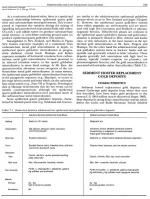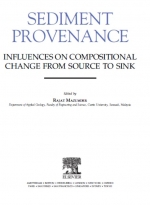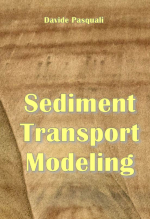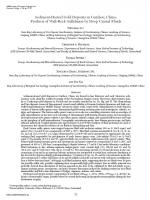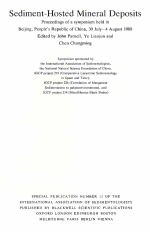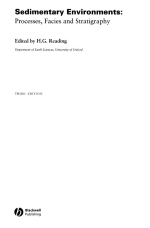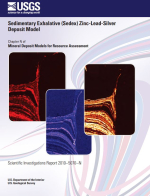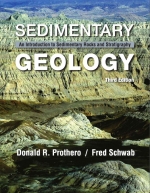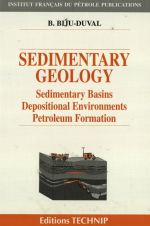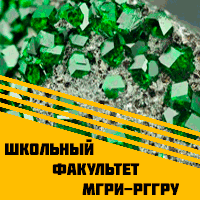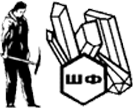Sediment hosted replacement gold deposits, also termed Carlin-type gold deposits from where they were first described, have been major gold producers in the western U.S. (98.8 million ounces discovered; Singer, 1993). Most deposits lie along deep crustal fracture systems which define the Carlin and Battle Mountain Trends (Madrid and Roberts, 1990). Significant new discoveries within the Carlin Trend include the Betze-Post and Meikle ore systems (Bettles and Lauha, 1991), with production of 7.1 million ounces andreserves of 28 million ounces of gold at the end of 1994 (Volk et al, 1995). Reviews of this style of gold mineralization by Bagby and Berger (1985), Sawkins (1984), Sillitoe and Bonham (1990), Berger and Bagby (1991), and Kuehn and Rose (1995) present geological models for this deposit type. Critical in the development of these models has been the recognition of similar deposit types in other settings (e.g., Bau, Sarawak; Wolfenden, 1965; Sillitoe and Bonham, 1990: China; Cunningham et al., 1988: Melco and Barney's Canyon deposits, Bingham District, U.S.; Babcock et al., 1992: Mesel, North Sulawesi; Indonesia; Turner et al., 1994; Garwin et al., 1995: and elsewhere in the eastern and western Pacific Rim, G. Corbett and T. Leach, unpub. data; Gemuts et al, 1996: Fig. S.l).


